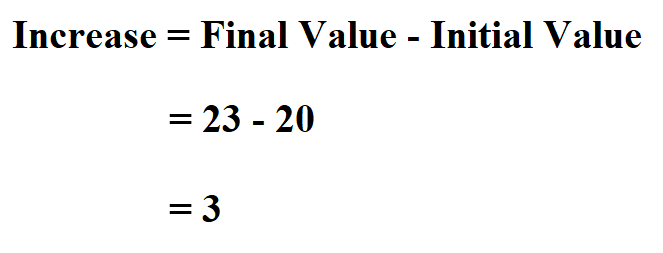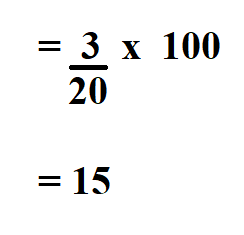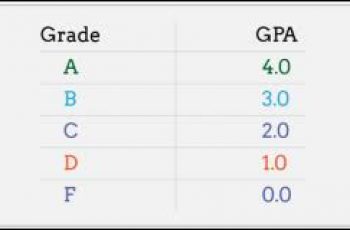What is % Increase?
Prior to discussing how to calculate a percentage increase, let’s know what it is all about. When comparing how much a value has increased over time, you would first find the difference between the initial and final values by subtracting them to find the exact amount of the increase.
Percentage increase is a measure of percent change, which is the extent to which a variable gains intensity, magnitude, extent, or value.
To calculate the percentage increase, we assume that both the initial and the final quantities are absolute values.
Percentage increase is for example used by companies to describe their success as an increase in profit levels.
Formula to Calculate % Increase.
To the find the percent increase, first subtract the initial value from the final value. Then take the difference and divide it by the initial value. Finally, multiply this number by 100% to convert the number to a percentage. This final result will represent the percent increase between the two values.
To calculate the increase we use the following formula.
Increase = Final Value – Initial Value
To calculate the percentage increase we use the following formula.
Percentage Increase = ( Increase ÷ Initial Value ) x 100%
Calculating % increase is useful in various daily applications such as finance, sales, tax and inflation rate, physics and other fields of mathematics.
Example:
The initial price of a pair of stilettos was $20. The price was increased to $23 due to high demand. Calculate the % increase.
We begin by finding the difference between the initial and the final value.

Then we divide the increase by the initial number and multiply by 100.

Therefore, the percentage increase of the price is 15%.

